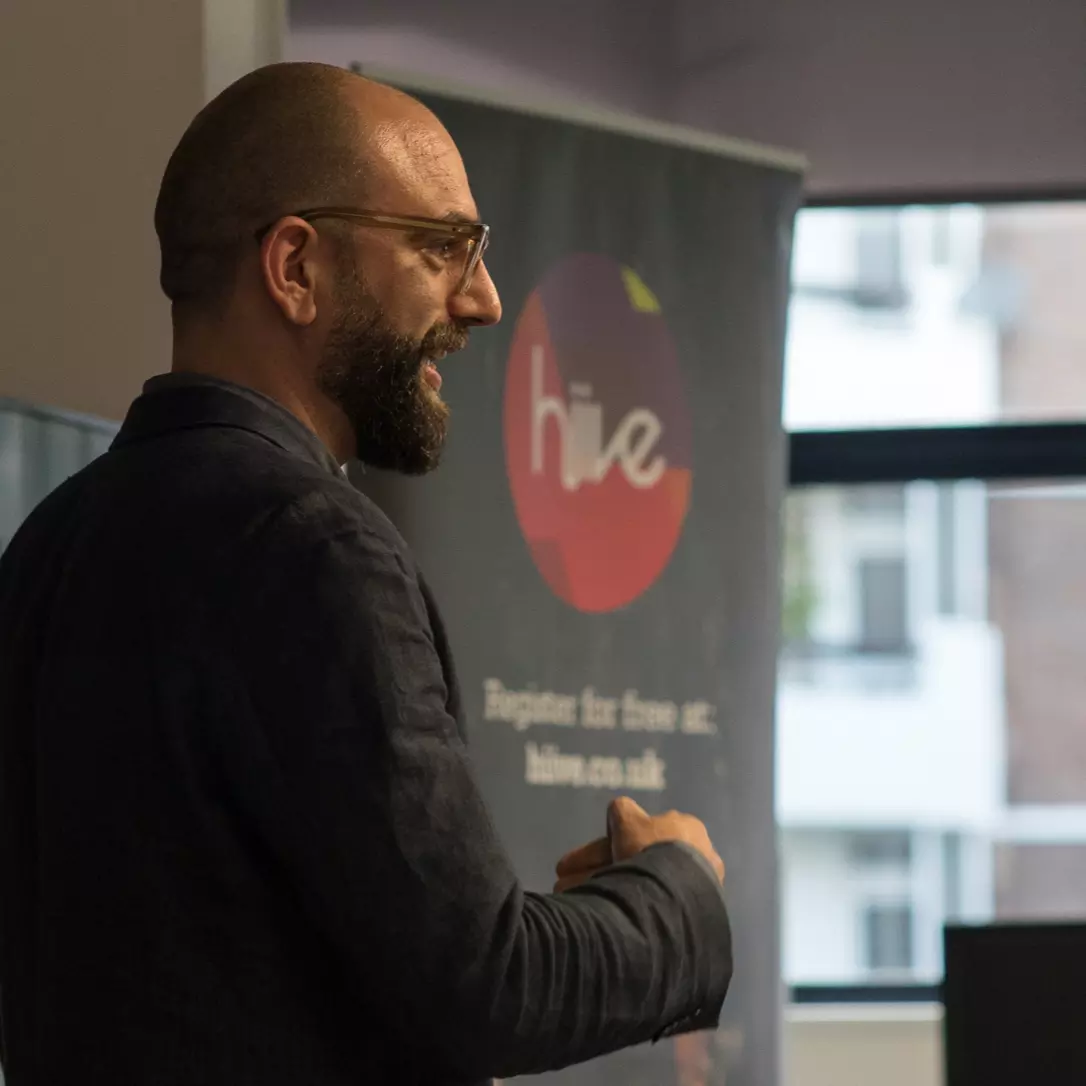At Cohaesus, we’ve been delivering projects for agencies for over nine years. In that time, we’ve learned a lot about what makes a project successful—and what can lead to its downfall.
No project is smooth sailing from start to finish. (That would be boring, wouldn’t it?) But these four tips can help you navigate your next project more smoothly.
1. Keep a Strong and Consistent Team
Our clients often hire contractors, which keeps headcount low but can lead to key people being changed mid-project. This recurring nightmare scenario usually causes more trouble than it’s worth. While changes to most roles are manageable, changes to the product/project owner (typically the project manager or sometimes the account manager) can be highly disruptive. They are the guardians of what the client wants and needs. If they change during a project, the fallout can be dramatic. The only safeguard is good documentation, including contact reports after every meeting to capture why decisions were made. Ensure all key roles are occupied by full-timers, preferably those who are used to working together.
2. Maintain Strict Document Control
Keeping versions of PSDs, style guides, wireframes, and other documents in order can feel like an unforgiving, perhaps even impossible, task. But maintaining proper version control and ensuring everyone is up to speed with developments is essential to prevent wasted time and confusion. An important point is to ensure new versions aren’t assumed to be in scope automatically. The entire team needs to review and agree on a new version before it’s accepted as in scope. This may sound time-consuming, but it’s far preferable to the alternative. We manage this by having a folder structure that provides three key states (archive, in scope, pending review). At any time, there must only be one version in the ‘in scope’ folder. We rename files using a naming convention that encodes the version number. If the document doesn’t have a version number, we use the date received in the file name.
3. Always Know Where You Are
This is useful advice in general, but in project management, one great benefit of the Agile movement was providing a simple way to let everyone know where you are in a project. Using burn-down charts works well. Whatever your granular metric is, use that as a burn-down. We tend to use the number of failing UAT tests, and this method has always served us well.
Remember: if you can’t measure it, you can’t manage it.
4. Use a Shared Terminology
One big problem with keeping a project on track—especially with a distributed team—is terminology. Most professions have a lexicon of terms—technical terms, jargon, acronyms—that are required for effective communication.
Maintaining a glossary or dictionary allows everyone to understand each term’s meaning. In our field, this hasn’t fully happened yet. Does everyone agree on what a “hero image” means? What does “UAT” mean?
Using a shared, consistent dictionary of terms can avoid confusion and save a lot of Googling between emails.
Various online sources exist, like the PMI’s lexicon (which requires registration) or this free alphabetized project-management lexicon reference site. But depending on your project’s scope and your team’s size and distribution, you might want to maintain your own collaborative online word list, glossary, dictionary, or lexicon.
But first, you’ll have to agree on what to call it.
By following these four golden rules, you can significantly improve the chances of your project running smoothly and successfully. Let us know your thoughts and any additional tips in the comments.
Share this article

Contact us to discuss how experience-led tech can make your digital work harder
Get in TouchRelated articles

Blog
6 Things Successful Freelancers Don’t Say
By Cohaesus. Apr 29, 2015

Blog
5 questions to ask before choosing your technical partner
By Cohaesus. Apr 05, 2016

Blog
7 Simple A/B Test Ideas to Start With
By Cohaesus. Apr 07, 2025

Blog
The Cohaesus Guide to Replatforming Your E-commerce Solution
By Cohaesus. Apr 07, 2025
